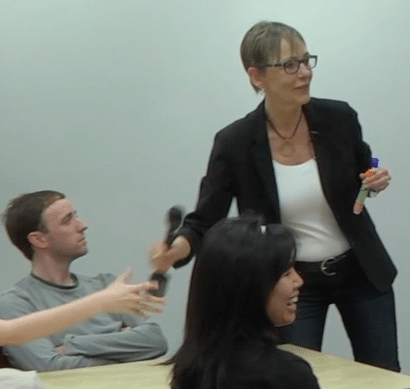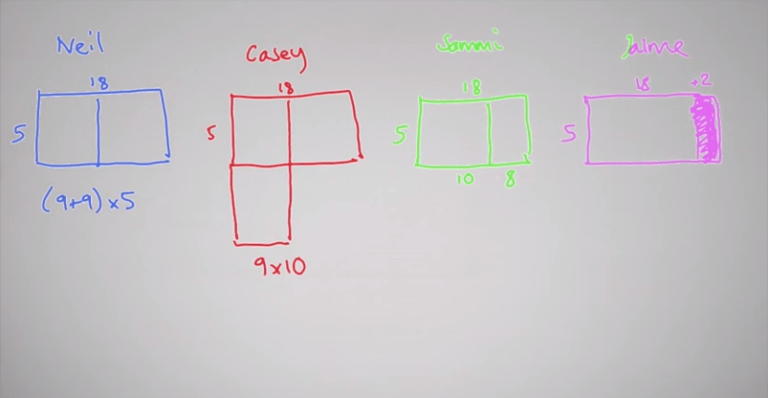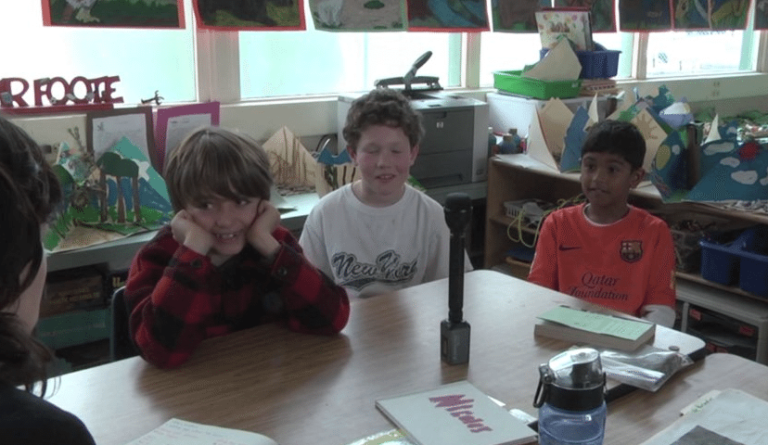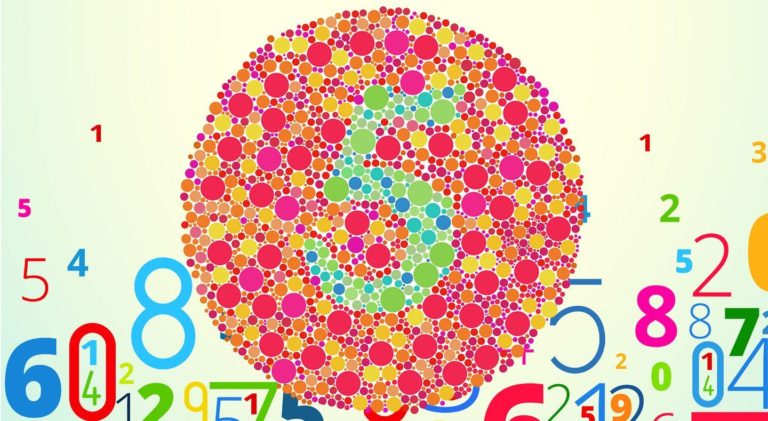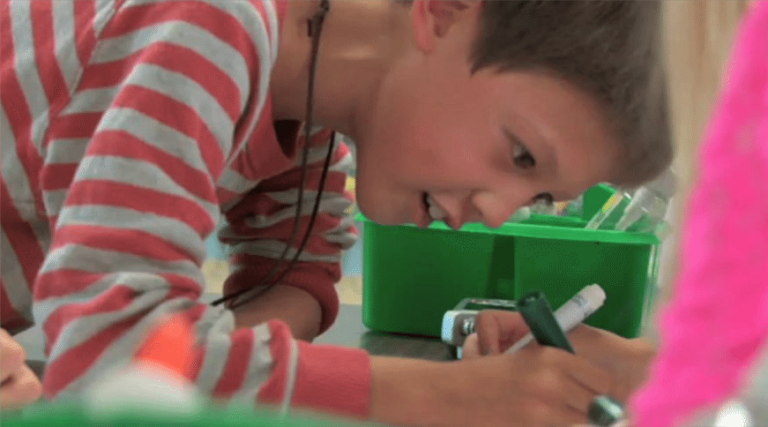Eddie Gray & David Tall are two British researchers who worked with students, aged 7 to 13, who had been nominated by their teachers as being low, middle or high achieving students. All of the students were given number problems, such as adding or subtracting two numbers. The researchers found an important difference between the low and high achieving students – the high achieving students solved the questions by using what is known as number sense – they interacted with the numbers flexibly and conceptually. The low achieving students used no number sense and seemed to believe that their role was to recall and use a standard method even when this was difficult to do. For example, when students were given a problem such as 21-16 the high achieving students changed the numbers into 20 -15 but the low achieving students counted backwards, starting at 21 and counting down, which is extremely difficult to do. After extensive study of the different strategies the students used the researchers concluded that the difference between high and low achieving students was not that the low achieving students knew less mathematics, but that they were interacting with mathematics differently. Instead of approaching numbers with flexibility and using ‘number sense’ they seemed to cling to formal procedures they had learned, using them very precisely, not abandoning them even when it made sense to do so. The low achievers did not know less but they did not use numbers flexibly – probably because they had been set on the wrong path, from an early age, of trying to memorize methods and number facts instead of interacting with numbers flexibly (Boaler, 2022).
This page includes many different resources to help students develop number sense. Fluency without Fear summarizes the damage caused by timed tests, and shows ways to teach math facts conceptually and with student enjoyment. The Number Talks video is an extract from my online class “How to Learn Math for Teachers” showing the very important pedagogical strategy of number talks. Fractions with Sense Making is a video of a great teacher – Cathy Humphreys – teaching fractions to middle school students.

